Vladimir Putin celebrated Palm Sunday by murdering over 30 civilians in Sumy with two missiles laced with shrapnel to maximize mortalities. But it’s not only rocket fire that will endanger Ukrainians over the Easter weekend. Inside the occupied territories, any worshipers outside of the Kremlin-controlled Orthodox Church under the Moscow Patriarchate are in danger.
Since Russia’s invasion, more than 67 pastors and other faith leaders have been killed by the invaders. There are over 100 known cases of interrogations, forced expulsions, imprisonments, and arrests, and more than 700 houses of worship have been destroyed or expropriated. And these are just confirmed figures: the censorship on the occupied territories means the real number is likely much higher. The most targeted faiths are the Orthodox Church of Ukraine (the Kyiv Patriarchate) and Protestants, especially Baptists. The former are deemed dangerous as they symbolize an independent Ukrainian identity. The Orthodox Church of Ukraine is the country’s biggest, but its parishes have now completely disappeared from occupied areas. Protestants, meanwhile, are often accused of being a symbol of western influence and American spies. Though Protestants make up 2.5 percent of Ukraine’s worshippers, they are the victims of over 25 percent of repressive acts by Russia. In the regions occupied by Russia, 400 Baptist congregations have been lost, 17 percent of the total number in Ukraine.
At The Reckoning Project, the war crimes NGO we work with, the stories about the repression of religious rights are persistent. A Pentecostal Christian from the Kherson Region described how the rituals that once defined her spiritual life – prayer, song, community, breaking of bread – were reduced to whispers behind closed windows. From the first explosions on February 24, 2022, life narrowed to survival. Curfews emptied the streets. Markets vanished. Her once-bustling church, which had drawn hundreds each Sunday, was sealed off by soldiers who deployed equipment next door. Worshipers dared not approach it. When they prayed, they cried, she said. “We were afraid that if we testified about God, the Russians might kill us.”
Like many witnesses she asked to remain anonymous because she fears retaliation against members of her church that remain under occupation. Attacks on independent religious groups come in many forms. They can be forced to re-register under Russian law, and then refused re-registration, a ruse that has meant the closure of hundreds of Protestant churches. They can be outright banned – as with Jehovah’s Witnesses. They can also be charged under vague ‘extremism’ and ‘undesirable organisation’ laws. Churches suffer raids in the middle of services, with armed soldiers charging in and demanding to see paperwork. Other measures are even more direct. Like when military men turned up at the house of Father Podolchak in the Kherson region, put a bag on his head, and then called his wife two days later to pick up the body. He had been tortured to death.
But while the repressive measures are merciless, resistance also goes deep. This Easter worshipers who refuse to abandon their faith will gather secretly in their own apartments to celebrate.
Consider the parishioners of Valentyn Synyi in Kherson. Before the full scale invasion Synyi ran the the Tauride Christian Institute, a Protestant theological school nestled on five serene hectares along the Dnipro River. On February 24, 2022, while much of Ukraine woke to panic, Synyi led an evacuation of 70 people – students, teachers, and young volunteers – to Ivano-Frankivsk in western Ukraine. “We were probably one of the few institutions that worked on an evacuation plan in advance.”
The institute – five buildings that once housed lecture halls, a library, a dormitory, and a chapel – was overtaken by Russian forces within weeks. Soldiers took over the campus. Neighbors reported a portable crematorium on site (Synyi adds this is unconfirmed). Musical instruments, printing equipment, even kitchen appliances were looted. “They took everything down to the light sockets,” says Synyi.
His own father, a pastor who stayed behind, helped coordinate humanitarian aid even as others were taken prisoner. “They said we were American spies. That we should be buried alive,” he said.
After Kherson’s liberation, the Institute stood gutted. Communication with the rest of Kherson, still under occupation, is now severed. “Even a phone call can endanger them,” Synyi explained. Still, the church adapts. With roots in Soviet-era persecution, many Protestant communities already know how to worship quietly, in kitchens and basements, without icons or ornate sanctuaries. “The church can very easily go underground,” he said. “We’ve done it before. We will do it again.”
History is indeed repeating. Despite the occupiers’ accusations that Protestants are American interlopers, Anabaptists have been present in Ukraine since the 16th century. In the Soviet era Ukraine had the second largest population of Baptists in the world after the United States. They were arrested and sent to labour camps – but they learnt to survive in secret. Today the punishments for religious groups are higher than in the late Soviet Union however. Back then Jehovah’s Witnesses would receive three to four years. Now in occupied Crimea, the sentences can be twice that. The U.S. Congress Commission on International Religious Freedom considers Russia as one of the world’s “worst violators” of religious freedom, on par with Iran and Pakistan. It’s bad enough inside Russia, but things get even worse in the occupied territories of Ukraine.
In contrast, after the fall of the Soviet Union different faiths in Ukraine flourished. A 2008 the magazine Christianity Today called Ukraine the “Bible Belt” of Eastern Europe, a “hub of evangelical church life”. A soon to be released documentary, “A Faith Under Siege”, from the Telluride-based filmmaker Colby Barrett, follows the journey of American evangelical preachers who came to serve in Ukraine after the invasion. While they are appalled at Russia’s crimes, the film also captures their wonder at the flourishing Christian life in Ukraine. Alongside Ukrainian Orthodox and Protestants, 10 percent of the country are also Greek-Catholics: Catholics who preserve Byzantine traditions. It’s just one reminder that Christianity came to this region from Byzantium during the time of Volodomyr the Great in the 10th century. Some of the prettier scenes in the film show mass baptisms in the Dniepr today, an echo of how Volodymyr legendarily baptised Kyivans a millenia ago.
It was Kyivan monks who bought Christianity to Muscovy and developed libraries and learning. The tsars would go on to (falsely) claim that they were the direct and sole descendants of the rulers of Kyivan Rus, thus the descendants of Byzantium and therefore the “Third and Final Rome”. It was a piece of Imperial propaganda, akin to Roman’s claiming lineage from Troy, but in that mythical story Kyiv played a magical role as the “mother” of all Russian cities.
That sounds vaguely loving but the Kremlin is one family you don’t want to be part of. For Putin myth and mass murder have merged. In the long historical essay he penned before the full-scale invasion he repeated the fantastical stories about Russia and Ukraine being “one people” flowing out from Kyivan Rus. In Kremlin propaganda independent Ukraine was now lambasted as a whore who had betrayed Moscow. For Putin, Ukraine is either an idealized holy mother or a fallen prostitute. To stuff Ukraine back into the suffocating family, she needs to be both physically and spiritually conquered. The Moscow Patriarchate Russian Orthodox Church is Putin’s little helper in this.
The relationship between the KGB and the Moscow Patriarchate is intense. Though the Bolsheviks first tried to destroy the faith, Stalin brought the church back to bolster morale in World War II. But this Soviet-controlled church was never independent. People would come to confession – and priests would report them to the KGB. The current Patriarch, Kirrill, was also an agent according to files briefly opened in the 1990s. When Russian occupiers accuse Protestant preachers of being CIA, they are projecting their own “symphony” of the spiritual and the secret services.
After the Russian invasion of Ukraine some priests of the Moscow Patriarchate agitated for the invaders. Other stored weapons and gave away Ukrainian military positions. The leadership of the Moscow Patriarchate fully endorses the invasion. Their priests have been described by victims as present at torture sessions, and they have been known to “exorcise” protestant preachers while they are being tasered.
Unsurprisingly this has made the Moscow patriarchate unpopular in Ukraine. Only 5 percent of Ukrainians are now its adepts, and only 10 percent of those who identify as Orthodox. 82 percent of Ukrainians don’t trust it.
In 2024 the Ukrainian government banned organisations in Ukraine that have “ties” to the Moscow patriarchate and to the Russian state. It took two years to even arrive a wording that could get through the Rada, and it is still causing a ruckus. Some churches claim they have cut ties – the Ukrainian security services disagree. The Kremlin is using the opportunity to claim that it is Ukraine which is assaulting religious freedom, including pushing this message in America. Stephen Moore, a Republican strategist who now campaigns against Russian oppression of Ukrainian Christians, compares it to China accusing the US of censorship for demanding TikTok safeguard Americans’ data.
For anyone with even the most cursory knowledge of what is happening inside the occupied territories the accusation is particularly perverse. That’s where religious pluralism is under totalitarian assault. The stories coming into The Reckoning are relentless. Recently we spoke to Oleksandr Yakovlev, the mayor of Skadovsk, a small Black Sea city in Ukraine’s south. Before the occupation, Skadovsk was deeply ecumenical. Protestants, Greek Catholics, and Orthodox priests stood together at public prayer events.
After Russia occupied it the Jehovah’s Witnesses were the first to disappear. Their house of prayer was seized in the summer, and most of the community fled. Others – Protestant congregations like Baptists, Presbyterians, and members of the Hallelujah Church – stopped meeting in public spaces and shifted to private homes, where they prayed in whispers.
Now, in place of services at the House of Culture or open-air worship, there are quiet gatherings in apartments – home groups, as they’re known.
His own church, the Church of Jesus Christ, now meets online or in small groups since the pastor fled on the first day of the occupation. Yakovlev tries his best to keep in touch with those who stayed behind, though contacting those living under occupation comes with risks. “They take care of each other,” he said. “They pray. It’s not the same, but they’re still there. The churches didn’t vanish. They just went underground.”
With additional reporting from Sabra Ayers, Lesya Pinyak and Ivan Antypenko.



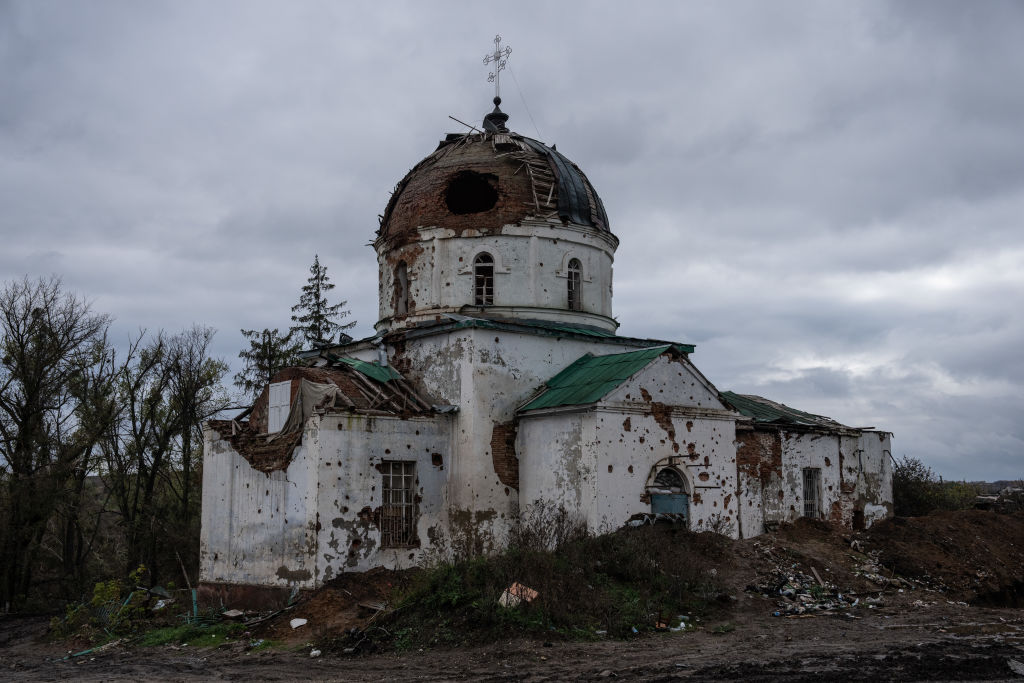







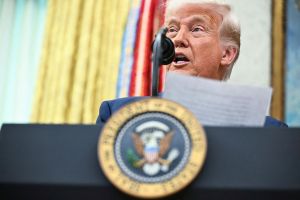

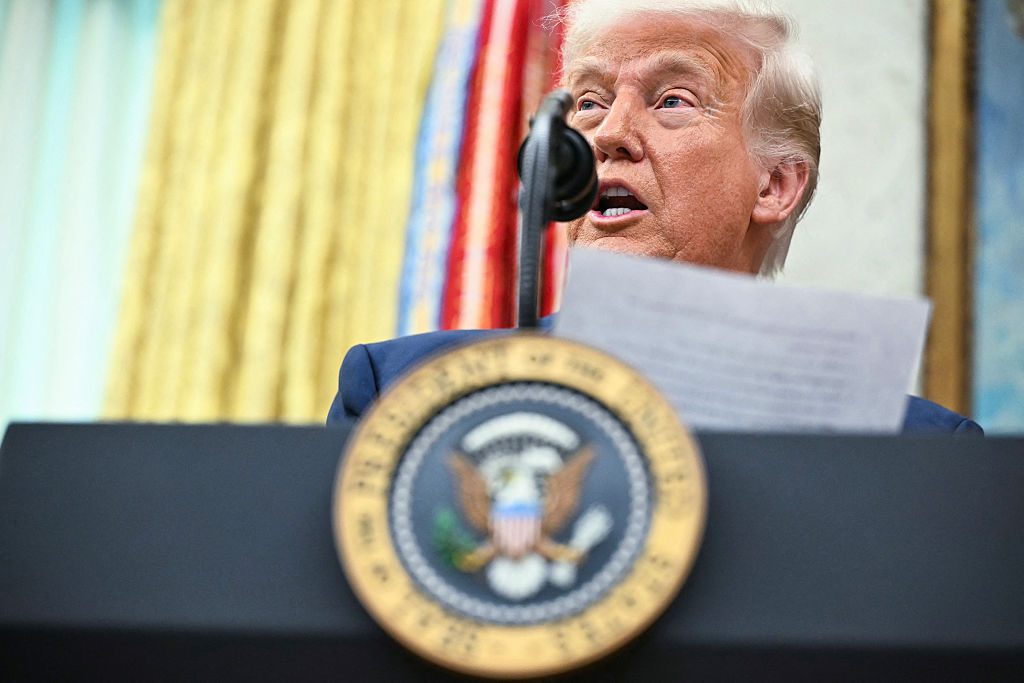
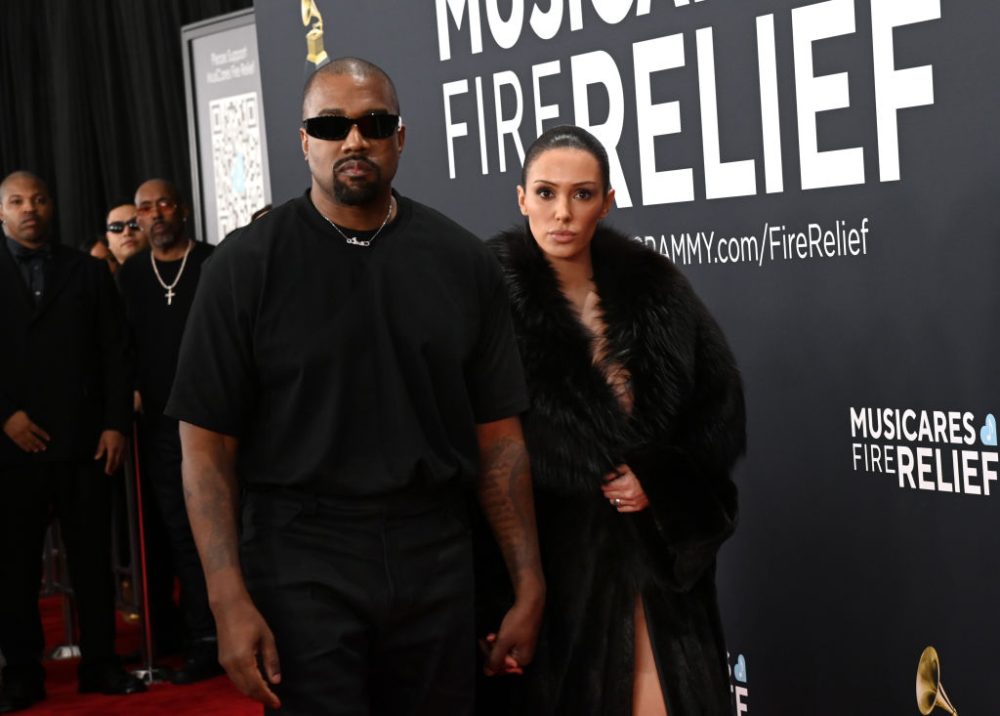


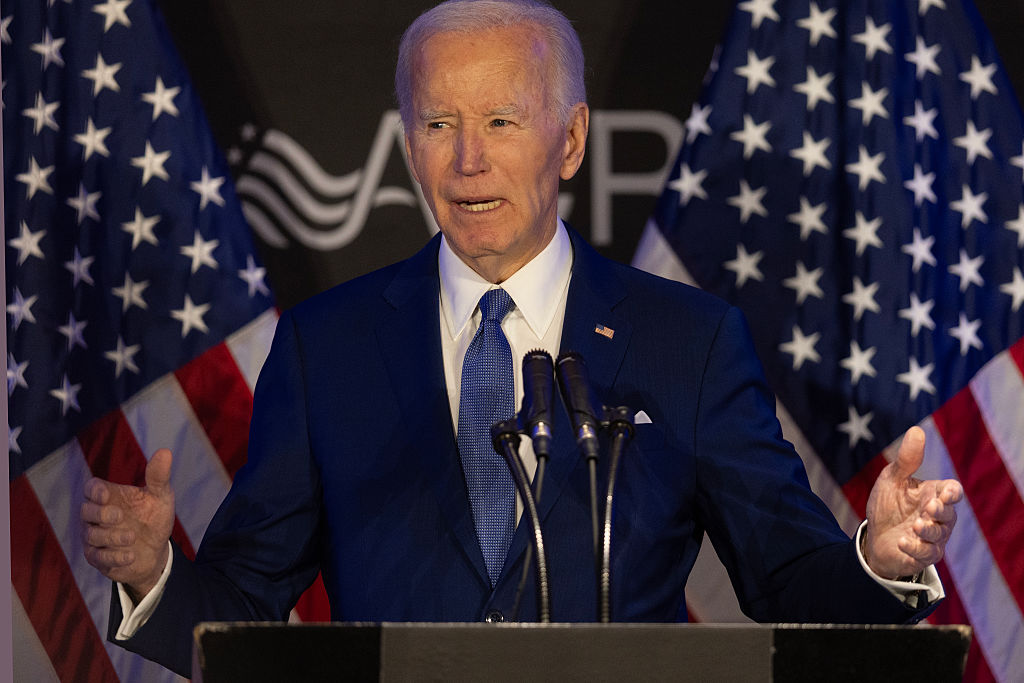


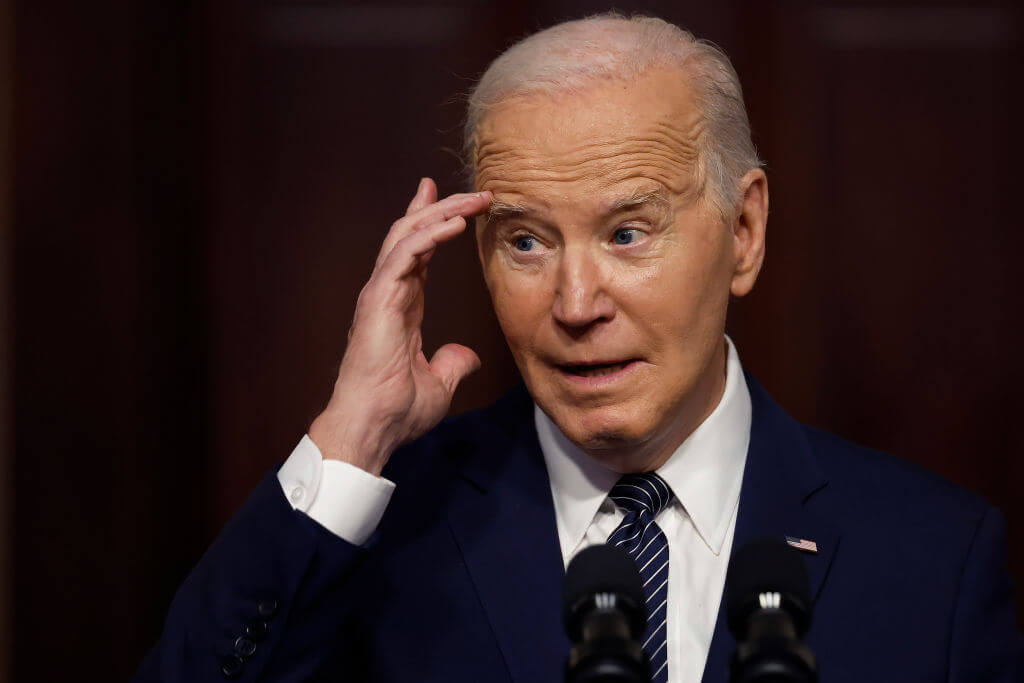



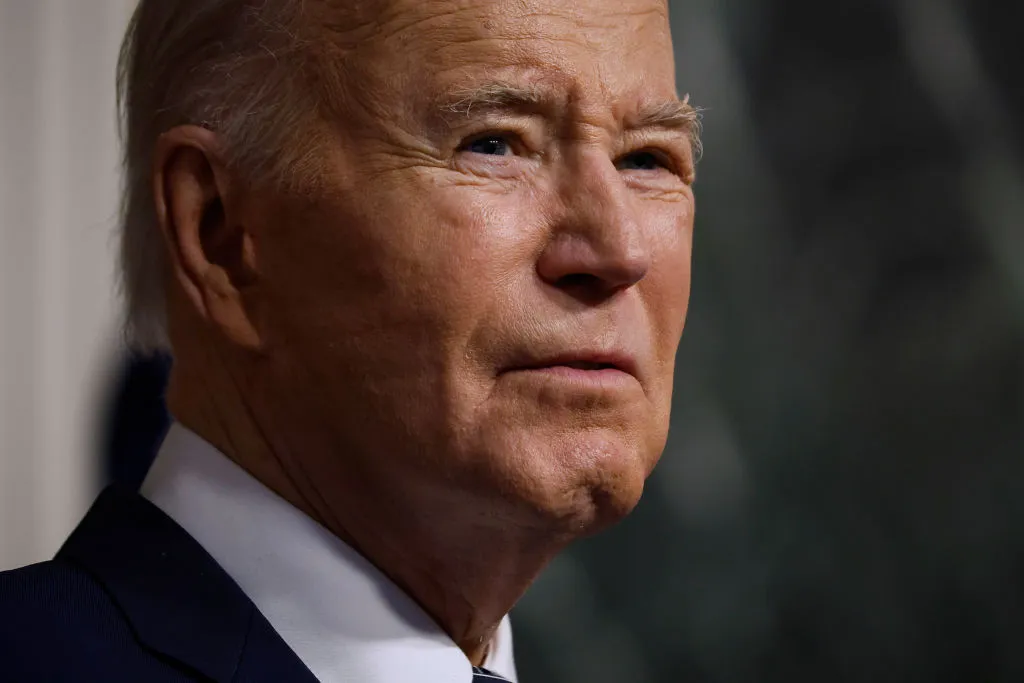

Leave a Reply